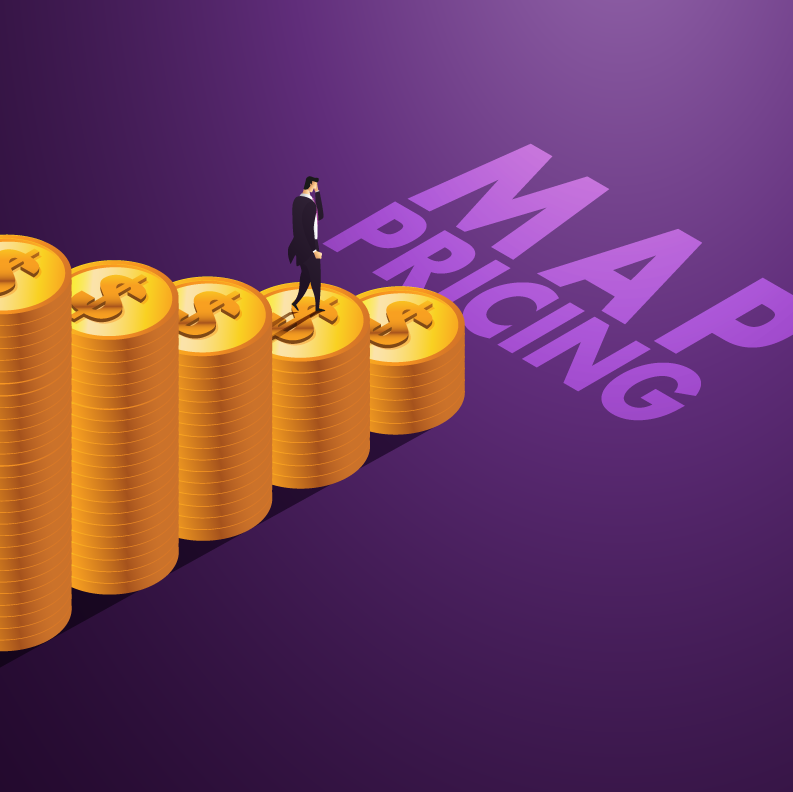The rise of e-commerce has presented modern manufacturers with new challenges and forced them to take new approaches to how their customers purchase products.
Unfortunately, there isn’t a magic bullet for every business model. Each brand faces a different path to online maturity across each of their primary e-commerce functions: from marketing to selling to fulfilling. But most brands are faced with many of the same questions…
How much should I invest in digital marketing? Should I sell directly to consumers? Should I expand to marketplaces as a third party? How can I optimize fulfillment operations?
The path to maturity in each of these areas is generally a three-phase process:
- Establish core programs and competencies across marketing, selling and fulfilling
- Expand your efforts and invest in new programs
- Optimize your marketing, selling and fulfilling strategies continuously for efficiency and maximum ROI.
Where is your brand on the maturity spectrum? Here are a few key considerations for the early phases of growth:
Establish: A Robust ‘Where to Buy’ Strategy
As a brand, your website and marketing material is a consumer’s most trusted source of accurate product information. Even if you don’t sell direct to consumers on your website, leveraging a robust ‘Where to Buy’ solution seamlessly connects those interested consumers with your preferred retailers and keeps them on their path to purchase.
Where to Buy technology not only gives your consumers a better experience, it strengthens your relationships with your retailers by providing highly-qualified leads and gives you a powerful set of customer data for your business.
Otherwise, those interested consumers leave your website, only to encounter new distractions or competitors.
Building out a Where to Buy strategy is the first important step in your online maturity. Your consumer-facing brand will strengthen, and you’ll mitigate potential channel conflict with your retailers — should you choose to sell direct later.
Which brings us to…
Expand: Direct-To-Consumer Sales on Marketplaces
How do you know when it’s time to start selling as a third party (3P) on marketplaces? Even if one of these scenarios applies to your business, it might be time:
- Marketplaces won’t carry your entire product line
- You’re facing a downhill battle over pricing negotiations
- Your retailers aren’t properly representing your products and brands
- Relying solely on retailers is no longer profitable
- You’re launching new products that aren’t getting picked up by retailers
- Your minimum advertised price (MAP) policy needs to be enforced
Selling 3P on marketplaces is a great next step for almost any brand — though only if you’re fully committed to optimizing your operations across marketing, selling and fulfilling. A few important things to keep in mind early include:
- Talking to your existing retailers — Minimize any channel conflict through honest communication
- Selecting the right inventory — Start small with your best-selling products
- Optimizing your product data — Turn marketplace browsers into buyers with great content
- Preparing for fast, affordable fulfillment — Whether fulfilled by you, a third-party or the marketplace
Choosing the Right Partner is Essential
Wherever you are in your e-commerce growth, having a centralized solution to manage your entire e-commerce operations will give your brand the ability to scale and mature.
Rithum’s leading technology makes it easy to compete and manage all of your e-commerce activities from one central platform. Whether you’re selling wholesale or as a third party, we help brands and retailers integrate, manage, optimize and analyze customer and product data across hundreds of online channels around the world.
—
Rithum recently co-sponsored a report from Internet Retailer, 2019 Online Consumer Packaged Goods Report, that provides in-depth data and strategic analysis on how consumer packaged goods (CPG) manufacturers are adapting to e-commerce.
The report examines the strategies of both established CPG manufacturers and their fast-growing, digital-native rivals. Download it today for more insight into manufacturer strategies, as well as ever-evolving consumer behavior.



